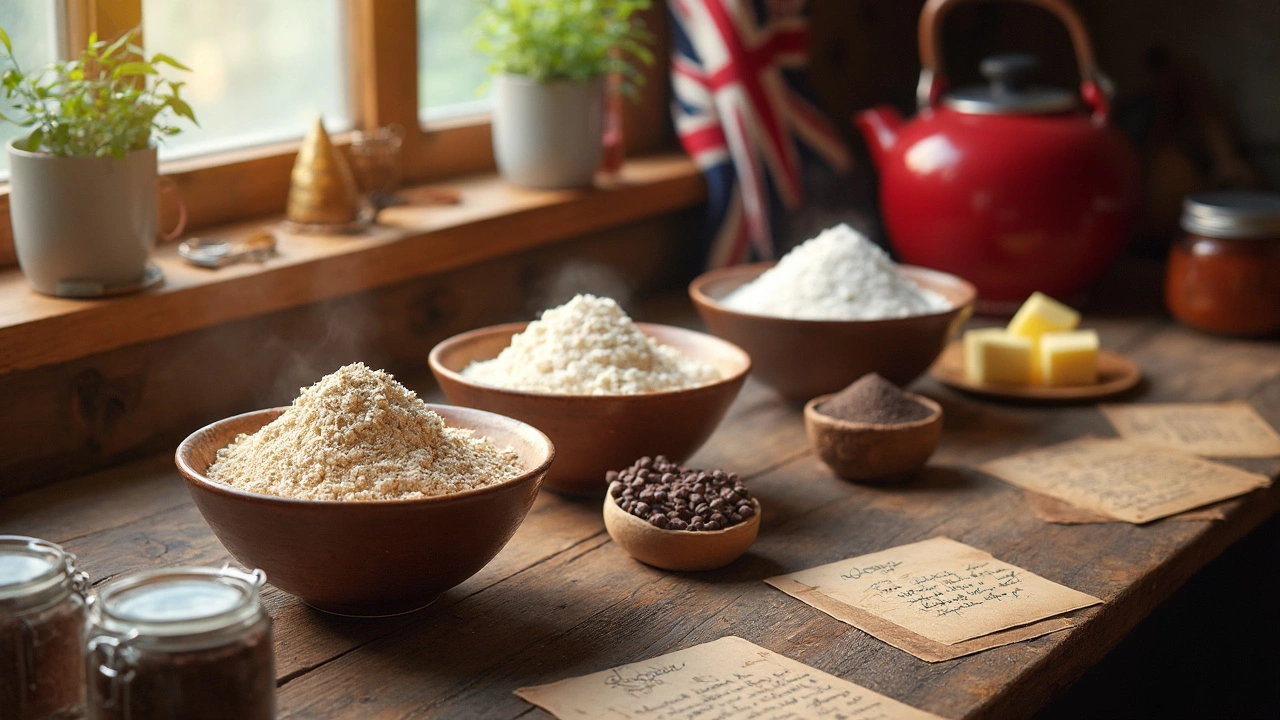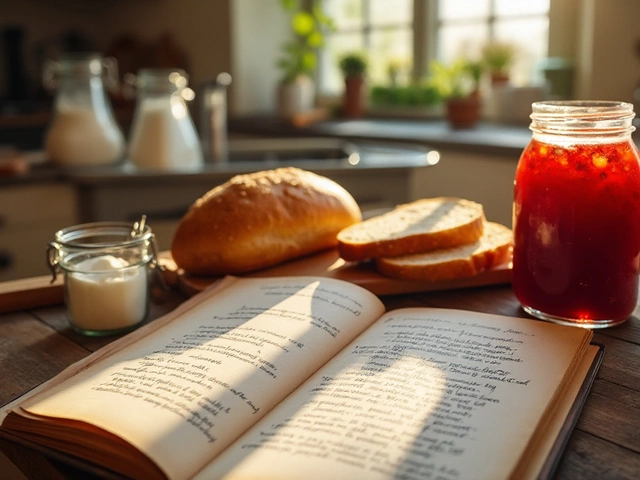Cookie Basics: Your Quick Guide to Soft, Delicious Cookies
Ever wonder why some cookies turn out chewy and others end up dry? It all comes down to a few simple steps. Below you’ll find the core tricks that turn ordinary batter into a batch of crowd‑pleasing treats.
Mixing and Baking Basics
Start with accurate measurements. A kitchen scale beats a guessing game every time. When the recipe calls for butter, use the temperature it specifies. Softened butter blends nicely and traps air, giving cookies a light texture. Melted butter, on the other hand, spreads more and can make cookies flatter.
Sugar matters too. White sugar creates crisp edges, while brown sugar adds moisture and chew. Want the best of both worlds? Mix half white and half brown. This combo gives a golden exterior and a soft center.
Don’t over‑mix once the flour joins the bowl. Stir just until you see no dry spots. Too much mixing develops gluten, which makes cookies tough. If you’re adding oats, nuts, or chocolate chips, fold them in gently.
Chill the dough for at least 30 minutes before baking. Cold dough spreads less, resulting in thicker, chewier cookies. For uniform size, use a cookie scoop; it also speeds up the prep.
Preheat the oven and set the rack in the middle. Baking at the right temperature—usually 350°F (175°C)—ensures even rise. Keep a close eye on the timer; cookies can go from perfect to burnt in seconds. When the edges turn light brown and the centers look set, they’re ready to come out.
Storing and Keeping Cookies Fresh
Cooling is the first step to long‑lasting softness. Let cookies sit on the baking sheet for a few minutes, then transfer them to a wire rack. This prevents steam from making them soggy.
Store cookies in an airtight container. For soft cookies, place a slice of bread on the top layer; the bread releases moisture and keeps the cookies pliable. For crisp cookies, add a sheet of parchment between layers to absorb excess humidity.If you’ve baked more than you can eat in a week, freeze the dough. Shape the dough into balls, lay them on a tray, freeze solid, then bag them. Bake straight from the freezer—just add a minute or two to the bake time.
When reheating, a quick 20‑second burst in the microwave revives chewiness, but don’t overdo it or the cookie will get rubbery.
Finally, think about flavor boosts. A pinch of sea salt on top of chocolate chip cookies right before baking heightens sweetness. A dash of cinnamon or espresso powder can transform a basic sugar cookie into something special.
With these basics under your belt, you can experiment confidently. Try swapping half the butter for coconut oil for a subtle coconut note, or add an extra egg yolk for extra richness. The possibilities are endless, but the core steps stay the same.
Ready to bake? Grab your favorite recipe, follow these tips, and watch your cookies turn from flat and crumbly to soft, chewy, and absolutely satisfying. Happy baking!






